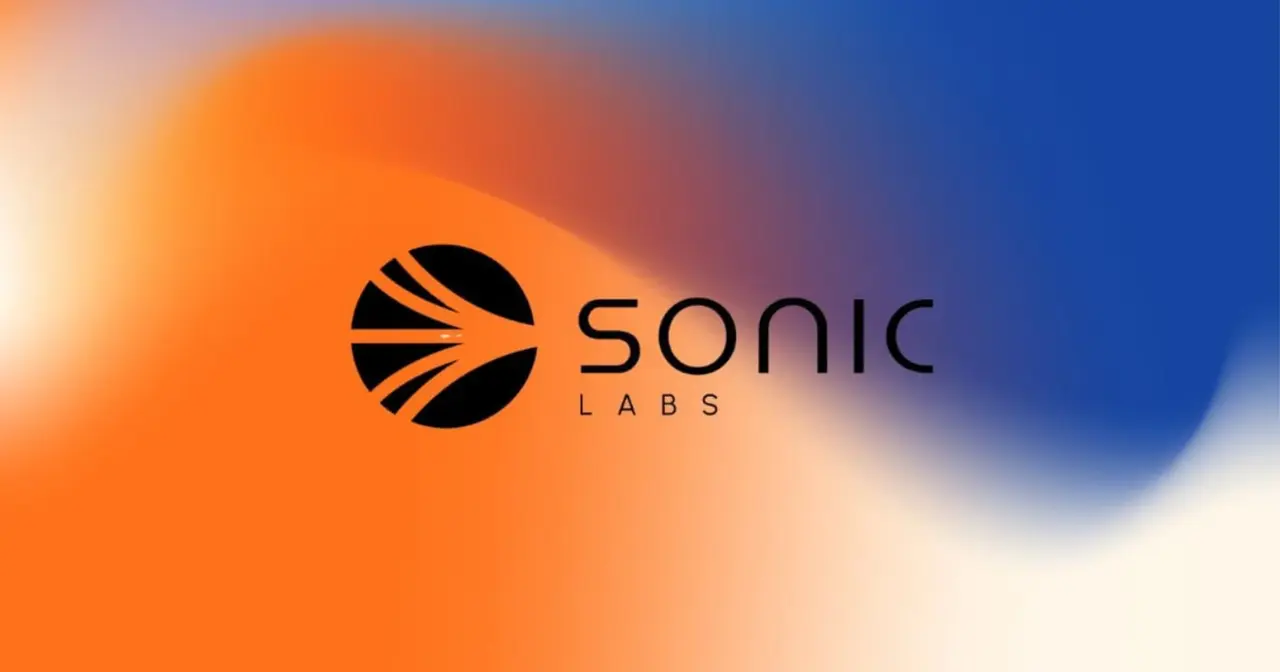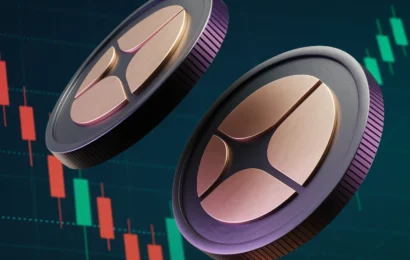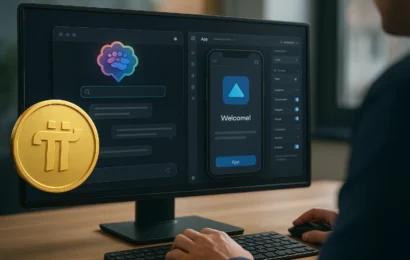
After initially announcing plans for a USD-based algorithmic stablecoin, Sonic Labs has made a sharp pivot and decided to focus on developing a digital asset pegged to the United Arab Emirates (UAE) dirham.
This decision comes amid heightened regulatory pressure and growing public distrust toward algorithmic stablecoins following the collapse of TerraUSD.
Strategy Shift: From USD to Digital Dirham
Co-founder Andre Cronje confirmed that the project’s new vision involves the creation of a “digital dirham” that will be indirectly pegged to the US dollar but will not use an algorithmic model.
The move is strategic, as the UAE is preparing to launch its own central bank digital currency (CBDC) — the digital dirham — with a rollout expected by the end of 2025. This gives Sonic Labs an opportunity to align with the national vision of the Emirates for digital transformation in the financial sector.
Why They Abandoned the Algorithmic Model
Sonic Labs is not the only company turning away from algorithmic stablecoins. After the catastrophic collapse of TerraUSD (UST) in 2022, trust in such mechanisms has significantly declined.
Cronje admitted that past failures in the industry influenced the team’s decision. He emphasized that the current market environment does not support algorithmic models, especially given the tighter regulatory framework, including the EU’s MiCA legislation.
The Role of Stablecoins in the New Economy
Despite challenges with certain models, stablecoins continue to play a vital role in the crypto ecosystem. Data shows that:
- They are increasingly used for daily payments, not just trading;
- They serve as an important bridge between traditional currencies and the blockchain;
- They offer lower fees and faster transactions compared to traditional systems.
Conclusion:
Sonic Labs’ decision to abandon a USD-based algorithmic stablecoin in favor of a digital dirham reflects the realities of the crypto market — increased regulation, declining trust in algorithmic models, and growing demand for government-aligned solutions.
This positions the company in line with global trends and opens the door to sustainable growth in a new era of blockchain technologies.
Frequently Asked Questions
Find answers to the most common questions below.
Due to high regulatory risk and the failures of similar models like TerraUSD.
It is a digital asset pegged to the UAE’s currency, potentially compatible with the country’s future CBDC.
They can rapidly lose value during market panic or due to poor algorithm design, as demonstrated by the UST collapse.
The EU has already introduced legislation (MiCA) with strict requirements for such assets, and the UAE is developing its official digital currency.
No — it will be a private token, but designed to align with the UAE’s future national digital strategy.
This article is for general informational purposes only and is not intended to be, and should not be construed as, legal or investment advice.




